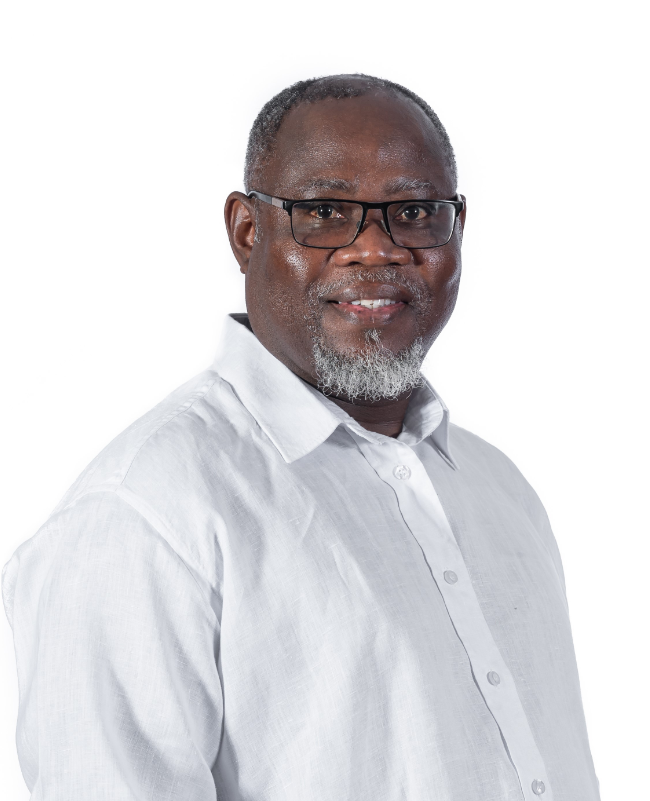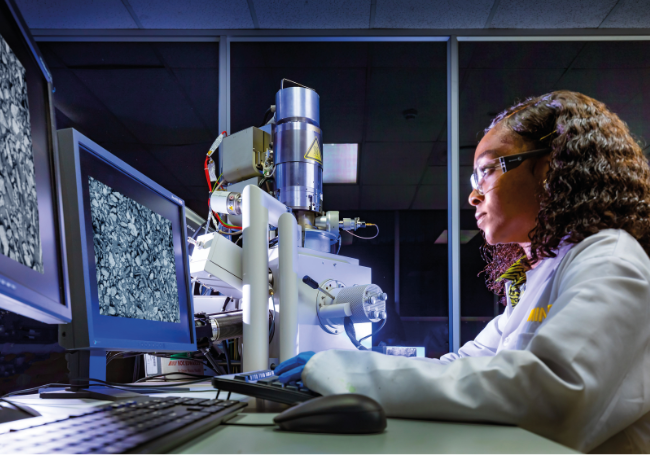In 1934, amid global economic turbulence and on the cusp of World War II, Mintek – then known as the Minerals Research Laboratory – emerged as a beacon of hope at Wits University. The mining industry faced unprecedented challenges, and Mintek’s inception reflected a collective determination to overcome these obstacles through groundbreaking research.
Led by GH Stanley, Mintek’s early focus on tin smelting and corundum beneficiation wasn’t just a response to local needs; it was a strategic move during a time when the world sought resilience in the face of economic uncertainties. The shadows of the impending war cast a sense of urgency on mineral research, and Mintek’s journey began against this volatile global backdrop.
As the geopolitical landscape shifted, so did Mintek’s focus. The 1944 transition to the Government Metallurgical Laboratory coincided with the closing chapters of World War II. The demand for strategic minerals, especially uranium, surged as nations sought resources for post-war reconstruction and technological advancements. Mintek’s pivot mirrored the world’s evolving needs, positioning itself as an essential player in global recovery.
The post-war period also witnessed the organisation re-emerging as the National Institute for Metallurgy in 1965, a time when nations were investing heavily in technological advancements. Mintek’s role in ferrochromium and its focus on new mining technologies were responses to the changing dynamics of the global minerals industry.
The ’80s and ’90s, marked by political transformations worldwide, saw Mintek securing its place on the international stage. The end of apartheid in SA opened doors for collaboration, aligning with the global call for inclusivity and diversity.
Mintek’s recognition on the global platform during this period wasn’t just about accolades; it was testament to the organisation’s resilience and adaptability in a changing world.
Fast forward to the early 2000s, and Mintek’s global collaborations expanded, aligning with the global community’s growing focus on sustainability. The looming spectre of climate change and environmental concerns prompted the minerals industry to seek innovative, eco-friendly solutions – a challenge that Mintek embraced wholeheartedly.
Now, as Mintek celebrates its 90th anniversary, the world faces new challenges – from the push for renewable energy to the complexities of a digital era.

Molefi Motuku, Mintek’s CEO, encapsulates the organisation’s commitment to the future. ‘Mintek’s legacy is not just a reflection of our past achievements; it’s a promise to lead the way in a rapidly changing world.
‘We stand at the forefront of innovation, ready to navigate the challenges and opportunities the future holds for the minerals industry globally.’
To achieve this, the entity continues to invest in people and technology. Mintek achieved significant milestones in staff development, with the percentage of SET (science, engineering and technology) staff holding doctoral degrees increasing from 11% in 2019 to an impressive 34% in 2023. Furthermore, the percentage of SET staff with master’s degrees rose from 16% to 25%, reflecting Mintek’s dedication to fostering expertise and excellence among its team.
Mintek also recently unveiled its latest technological acquisition – the AMAZEMET rePowder ultrasonic atomisation and alloy development machine. This highly advanced equipment, the only one in SA, possesses the capability to process nearly any material, ranging from alloys with low melting points to those with high melting thresholds.
In celebrating 90 years, Mintek doesn’t just look back; it forges ahead, embracing a future where mineral and metallurgical innovation is not only a necessity but also a cornerstone of global progress. As Mintek continues to thrive, it’s not merely witnessing history; it’s actively shaping it, contributing to the ever-evolving narrative of human progress through mineral and metallurgical ingenuity.

Driving efforts to rehabilitate ownerless mines
In the intricate landscape of SA’s mining sector, Mintek has assumed the crucial role of addressing an often overlooked facet of the value chain, the rehabilitation of mines and mine closures. Across SA, a concerning reality unfolds as numerous mines, having been closed for decades, are languishing without owners. These abandoned mines stand as silent witnesses to a bygone era of mining activities, left unattended and devoid of responsible stewardship. With the original owners long gone, the absence of custodianship poses serious challenges.
These ownerless mines, often scattered in close proximity to communities, not only risk environmental degradation but also contribute to health hazards, especially when asbestos, a prevalent concern, is involved. The legacy of these neglected mines raises pressing issues of environmental conservation and public well-being, underscoring the need for proactive measures to address the void left by absent mine owners.
In collaboration with the Department of Minerals Resources and Energy (DMRE), Mintek is dedicated to the rehabilitation of these abandoned sites, placing a paramount focus on human safety and the restoration of the environment.
This collaborative effort aims to not only address the immediate risks associated with these neglected mines but also to contribute to the long-term well-being of both the communities and the ecosystems affected. By striving to rehabilitate these sites, Mintek endeavours to mitigate the potential health hazards and environmental consequences left in the wake of ownerless mines, aligning with a commitment to sustainable practices and positive community impact. This involves consolidating and covering primary dumps from asbestos mines, shielding waterways and initiating environmental recovery through strategic re-vegetation. Notably, working with affected communities, Mintek has successfully rehabilitated 42 mining sites in Limpopo, the Northern Cape, Mpumalanga, KwaZulu-Natal and the Eastern Cape.
Motuku echoes this commitment, asserting that ‘it’s Mintek’s capability, skillset and rehabilitation expertise that has enabled us to take the lead in the DMRE’s Derelict and Ownerless Mines programme. Mintek remains committed to ensuring that the quality of life in mining communities is sustained’.








